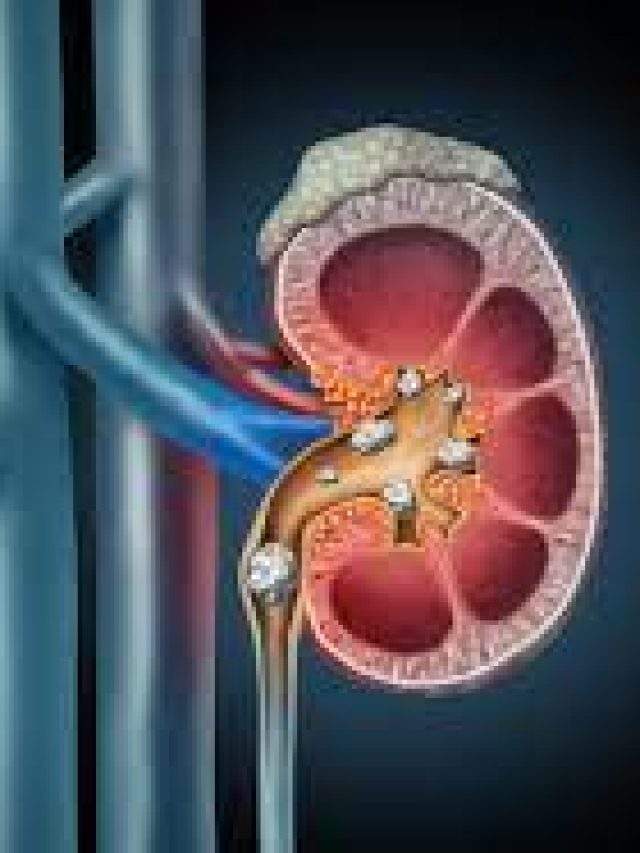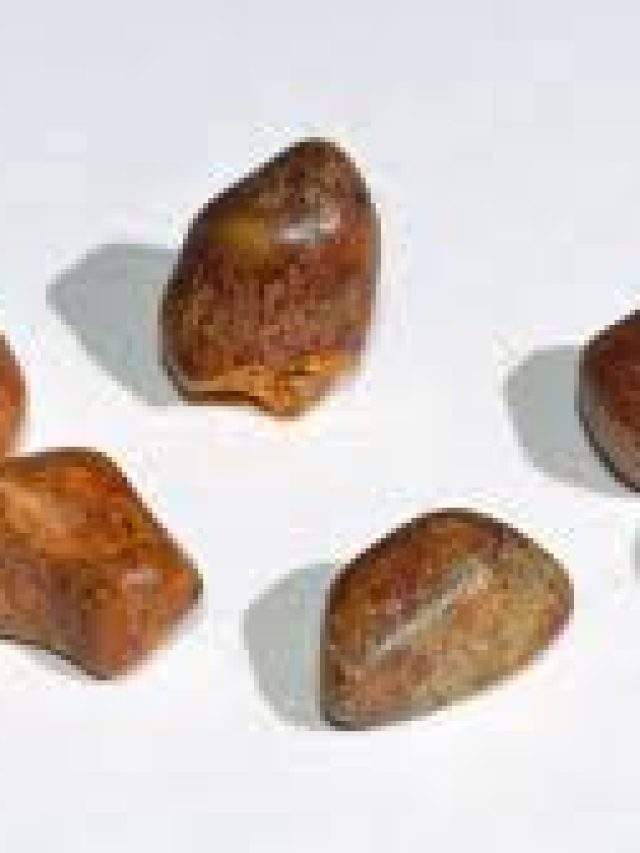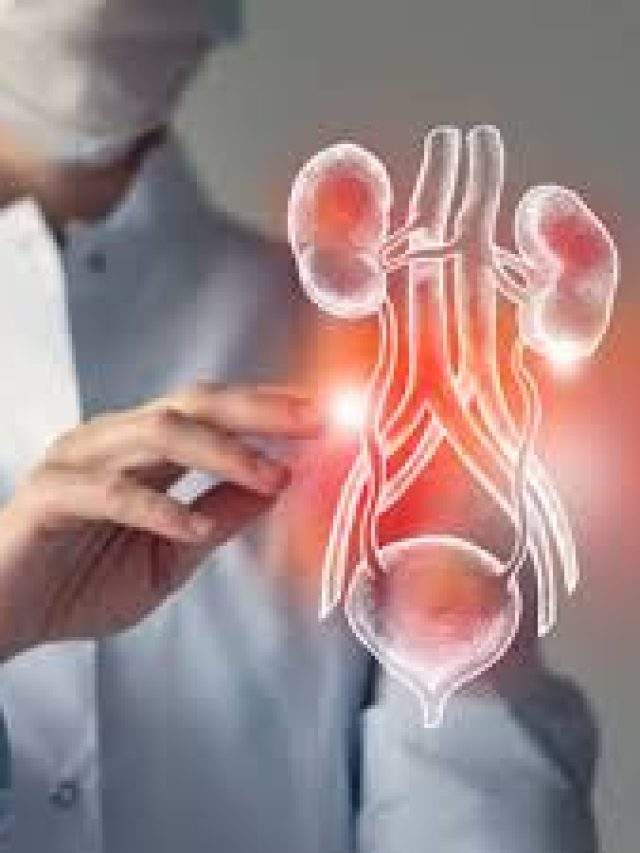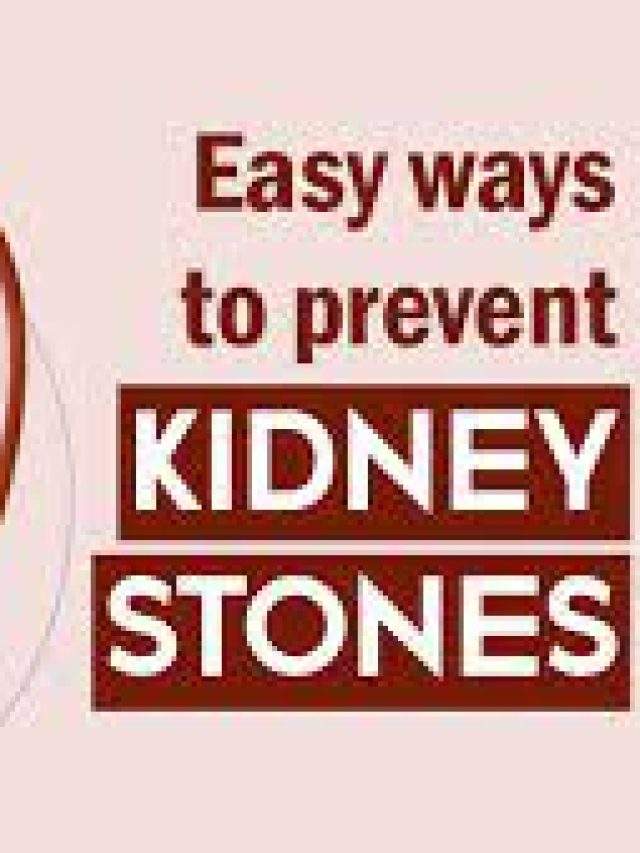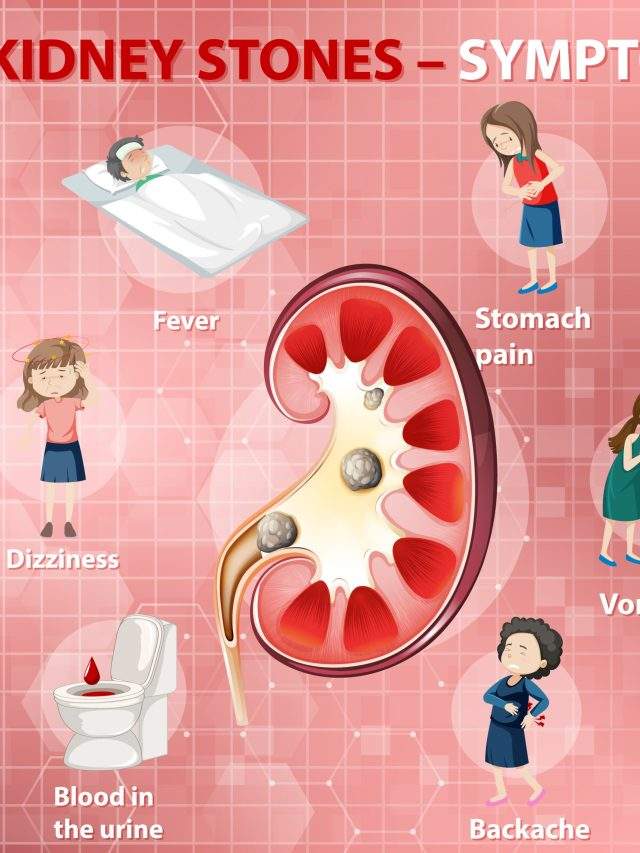![]()
There is no denying the fact that kidney stones are becoming increasingly common among teens and children. Kidney stones are occurring in children and premature infants due to various reasons. This situation mainly occurs when minerals and various other substances in the urine get together to form stones in the urinary tract. They can even appear when there are no other substances, which leads to the formation of kidney stones in the kidney and ureter. There are very limited chances of them forming in the bladder. This blog will help you understand kidney stones in children and possible treatments for them.
Understanding the kidney stone types
There are different kidney stone styles that are mainly found in kids. The common kidney stone types include calcium oxalate or there is also the presence of calcium phosphate stones. Not many people know that stones are formed due to uric acid, which is a kind of waste product after having uneven food and drinks. Also, they are formed due to cystine, which is an amino acid.
How big can kidney stones be?
Many people often wonder about the size of kidney stones in children. They can be different in size, be it ⅛ or ¼ inches. If a child is able to pass the stone while peeing, then it can be collected for further lab testing. This can be beneficial in understanding the formation or type of stone so that the formation of these stones can be stopped.
Kidney stones: What are the risk factors involved?
There are different risk factors involved in the formation of kidney stones in children. Some of the risk factors involved in it are listed below:
1. The formation of kidney stones can also happen because of family tendency.
2. There is a diet that is high in salt, processed food items, a lack of fruits and vegetables, and much more.
3. There is a specific inherited condition of hyperoxaluria or cystinuria.
4. There is a blocked urine flow.
5. There is a kind of bowel disease.
6. The child underwent surgery for weight loss, which led to kidney stones.
7. The child has been taking certain medications like the blood pressure drug furosemide, or any other medication that is known to remove excess body water.
8. There is a persistent kidney infection.
9. Children are not indulged in physical activities or are wearing a cast after some sort of surgery. This can lead to a lack of calcium in the bones and excess buildup in the urinary tract. This can lead to the formation of stones in children.
The common signs and symptoms faced by children with kidney stones
Not many people know, but kidney stones in children do not show any symptoms for quite a long time. However, if there is a situation where the stone is moving down the urinary tract via the ureter, then certain symptoms can start to show, such as:
1. Sudden or extreme pain which a child can face on their back or side.
2. There can be nausea or vomiting
3. The groin pain can be experienced when the kidney stone is passing down the urinary tract.
4. Intense stomach pain
5. while peeing a burning sensation or extreme pain can be felt.
6. There can be some blood in the pee.
7. A child can also face a fever or a urinary tract infection.
How to diagnose kidney stones in children?
The diagnosis is confirmed when a stone is visible in the urinary tract of a child. This is done via X-ray, ultrasound, and even with the help of computed tomography.
The most preferred test, which can help in getting accurate results in children, is ultrasound. The reason behind this is that ultrasound is simple to do for kids and can be helpful in detecting the stones without the use of radiation. However, a CT scan can be helpful in showing very small stones, but there is involvement of radiation exposure, which is why providers will initiate the procedure with an ultrasound. The need for a CT scan can be required when a stone is suspected but is not visible with ultrasound.
What can be done to avoid kidney stones in children?
There are many things that can be followed to minimise the chances of having kidney stones in children, such as:
1. Try to drink more fluids in a day. Also, it is essential to consult the doctor. With a doctor’s help the amount of fluids can be known. However, if your child has any kidney disease, then it is better to minimize the fluid intake.
2. It is essential to reduce the salt intake in your diet.
3. Try to eat more veggies and fruits to avoid the formation of kidney stones, especially citrus fruits.
4. Try to eat less meat, fast food, sodas, soft drinks, and other processed food items.
5. It is essential to avoid items that contain high fructose corn syrup.
6. Try to keep your child’s body weight healthy.
What treatment options are available for children with kidney stones?
1. Keep the body hydrated and manage the pain.
If a kidney stone is leading to pain, then it is better to ease the discomfort and adopt methods that can help in passing the stone down into the bladder and later out via urine. Most of the time, it is easy to do at home by drinking fluids and water.
There are many over-the-counter medicines that can be helpful in managing the pain. Also, oral medications can be opted for to manage the stone’s passage. However, if there is a situation where your child is vomiting or facing severe pain, then it is better to consult the doctor and get them hospitalized.
2. Surgical procedures
Children with massive kidney stones that are unable to get out via urine can be problematic. This is the time when getting help from a urologist is needed. The use of lithotripsy can be done to break the kidney stone so that it can pass via the urinary tract. Also, with the help of the scope, a kidney stone can be removed.
Conclusion
Kidney stones in children can be lethal, and this is the reason it is essential to follow the right guidelines and treatments. The above-mentioned points related to kidney stones in kids can be helpful for you. Plus, depending on the kid’s condition, you can choose the right treatment process. However, for kidney stone treatment, you can always rely on Khosla Stone Kidney and the Surgical Centre. With our trained team of doctors and advanced medical technology, your child can get the best treatments with ease.

